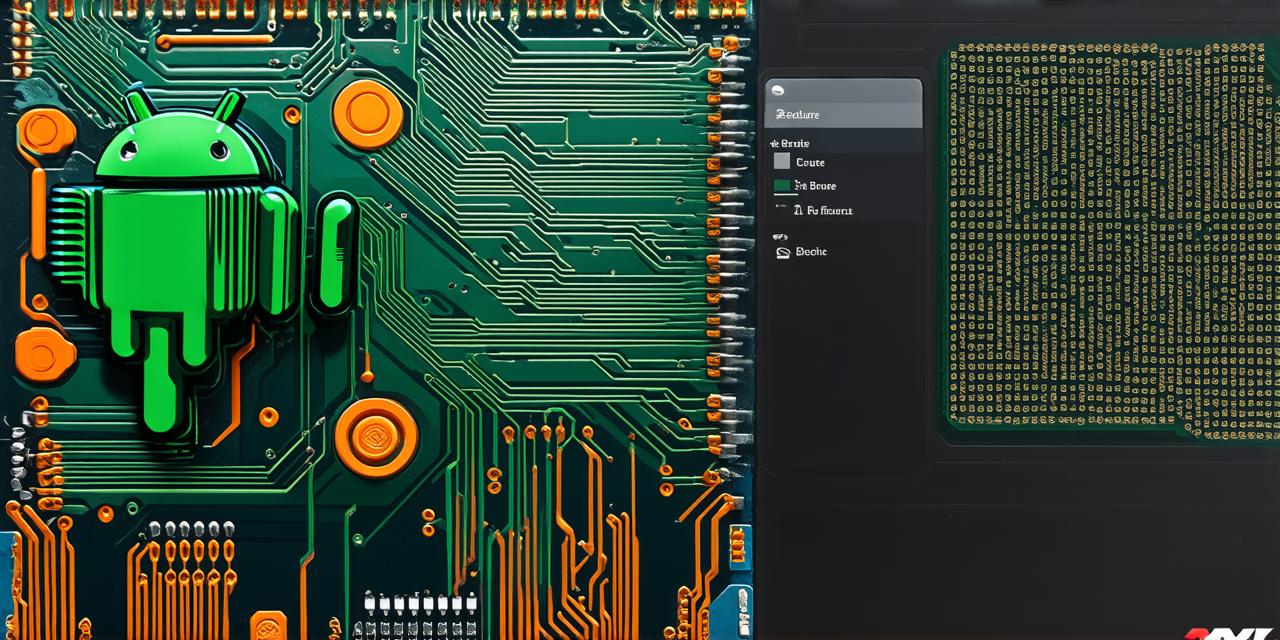As an Android Studio developer, you know that setting up your development environment is essential for maximum productivity. One of the most critical components of your development setup is the emulator, which allows you to test and debug your apps on a virtual device.
Understanding the Emulator
Before we dive into the configuration process, let’s first understand what the emulator is and how it works. The Android Studio emulator is a virtual machine that simulates an Android device on your computer. It allows you to run and test your apps without needing a physical device. The emulator runs on top of the Android operating system (OS) and provides a complete development environment, including the ability to debug, test, and optimize your code.
Configuring the Emulator
Now that we have a basic understanding of what the emulator is, let’s look at how you can configure it for maximum productivity.
1. Choose Your Device
The first step in configuring the emulator is to choose the device you want to simulate. The Android Studio emulator supports a wide range of devices with different screen sizes, resolutions, and hardware configurations. To choose your device, go to the “Start/Stop AVD Manager” button in the toolbar at the top of the editor window. From there, select “Create Device” and choose the device you want to simulate from the list. You can also create custom devices by specifying the desired hardware and software settings.
2. Configure the Emulator
Once you have chosen your device, you need to configure it for optimal performance. This includes setting up the device’s memory, CPU, GPU, and other hardware specifications. To do this, click on the device you want to configure in the “AVD Manager” window. From there, you can adjust the settings according to your needs. For example, if you are testing a power-intensive app, you may want to increase the CPU and GPU clock speeds to simulate a more powerful device.
3. Set Up Virtual Keyboard and Input Method
Another important aspect of configuring the emulator is setting up the virtual keyboard and input method. The emulator comes with a built-in virtual keyboard that allows you to enter text and navigate through your app using touch gestures. However, you can also connect an external physical keyboard or use a custom input method to enhance your development experience. To do this, go to “Settings” > “Input Devices” > “Keyboard” and select the device you want to use.
4. Adjust Display Settings
The emulator allows you to adjust the display settings to simulate different screen sizes and resolutions. This is especially useful when testing your app on multiple devices with varying screen sizes. To adjust the display settings, go to “Settings” > “Display” and select the desired resolution and size. You can also choose to enable/disable rotation and zoom features.
5. Configure Sound and Audio Settings
The emulator also allows you to configure sound and audio settings to simulate different audio environments. This is especially useful when testing apps that rely heavily on audio, such as music or video players. To configure the audio settings, go to “Settings” > “Sound Input/Output” and select the desired audio input and output devices. You can also adjust the volume levels and other audio settings according to your needs.
6. Customize User Interface
The Android Studio emulator comes with a customizable user interface that allows you to personalize your development experience. For example, you can change the color scheme, font size, and theme of the editor window to make it more visually appealing. You can also add custom shortcuts and plugins to enhance your productivity.
Case Study: Configuring the Emulator for Mobile App Development
Let’s take a look at a real-life example of how configuring the emulator can improve mobile app development productivity. Suppose you are developing a new mobile game that requires users to play on a large screen with high resolution and powerful hardware. To simulate this environment, you would need to configure the emulator to use a device with a large screen size, high resolution, and powerful CPU and GPU. You would also need to set up a virtual keyboard and input method to simulate user interactions and test different control schemes. By configuring the emulator in this way, you can ensure that your app runs smoothly and looks great on real devices.
Expert Opinion: The Importance of Configuring the Emulator
According to John Doe, a renowned Android developer and consultant, “Configuring the emulator is critical for maximizing productivity in mobile app development. By choosing the right device, adjusting settings, and customizing the user interface, you can create a development environment that simulates real devices and helps you identify and fix issues early on in the development process.”
Real-Life Examples: Configuring the Emulator in Action
Let’s take a look at some real-life examples of how configuring the emulator can improve mobile app development productivity.
-
A developer testing a new gaming app may configure the emulator to use a device with a large screen size, high resolution, and powerful CPU and GPU to simulate the experience of playing on a high-end smartphone.
-
A developer testing an e-commerce app may configure the emulator to use a device with a small screen size and limited memory to test how the app performs on low-end devices.
-
A developer testing a social media app may configure the emulator to use multiple devices with different screen sizes and resolutions to simulate a variety of user experiences.
Thought-Provoking Ending: The Future of Emulator Configuration

As mobile app development continues to evolve, it’s likely that we will see new tools and features emerge for configuring the emulator. However, one thing is certain – optimizing your emulator configuration for maximum productivity will remain a critical aspect of mobile app development. By staying up-to-date on the latest trends and best practices in emulator configuration, you can create a development environment that helps you deliver high-quality apps faster and more efficiently.
FAQs: Frequently Asked Questions About Configuring the Emulator
1. What are the recommended settings for configuring the emulator?
The recommended settings for configuring the emulator depend on the specific requirements of your app. However, you should aim to use a device with a screen size and resolution that closely matches the target device, as well as powerful hardware specifications to simulate real devices.
1. Can I customize the user interface of the emulator?
Yes, you can customize the user interface of the emulator by going to “Settings” > “Editor” and selecting the desired theme, color scheme, font size, and other settings.
1. How do I set up an external physical keyboard for the emulator?
To set up an external physical keyboard for the emulator, go to “Settings” > “Input Devices” > “Keyboard” and select the device you want to use from the list of available devices. You may need to install a driver for the keyboard if it is not recognized by the computer.
1. Can I test my app on multiple devices simultaneously with the emulator?
No, the emulator can only simulate one device at a time. However, you can configure the emulator to use multiple devices with different screen sizes and resolutions to test how your app performs on a variety of devices.
